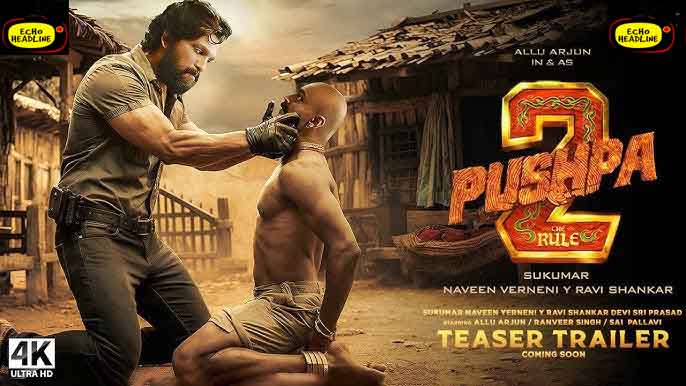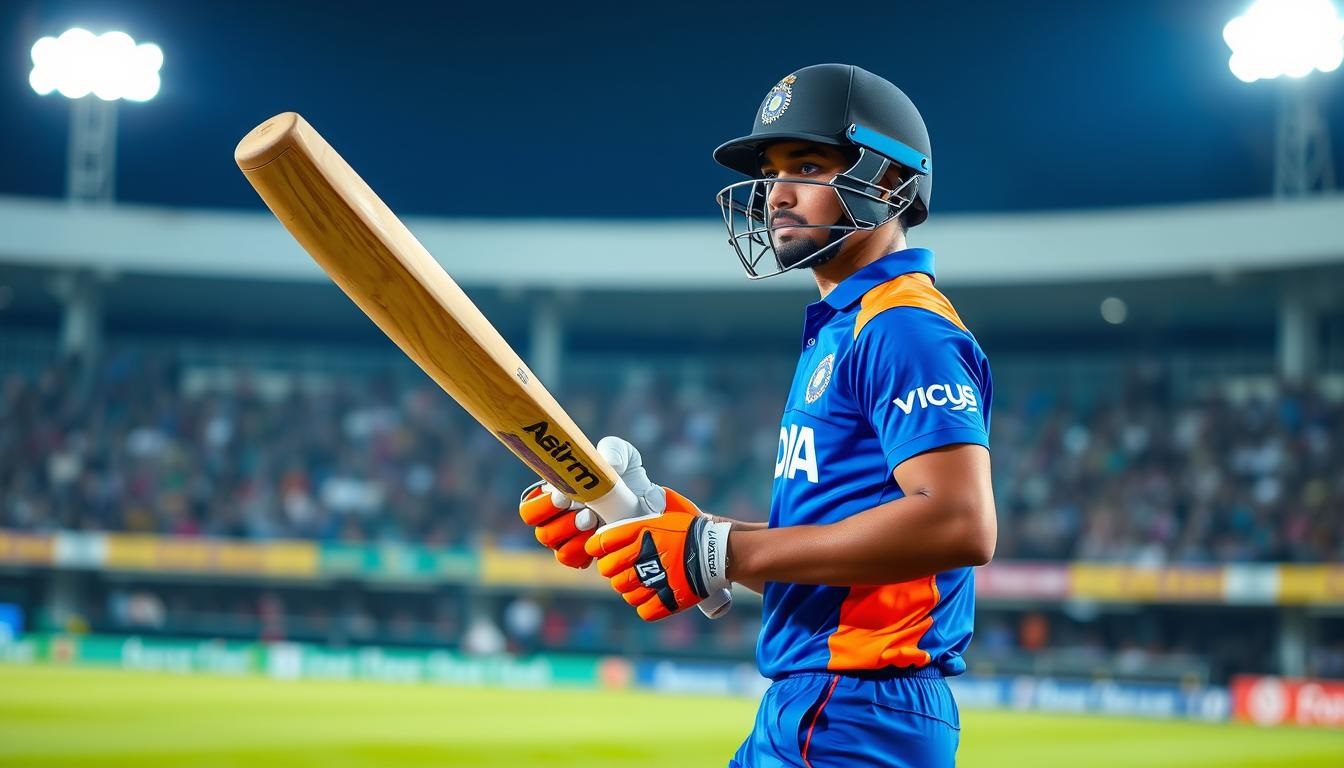Is Sikandar a Remake? Unraveling the Mystery
The Sikandar film has sparked debates: is it a movie remake of an older story, or an original movie with fresh ideas? Questions about its film origins and ties to past Bollywood projects have left audiences guessing. This article dives into the truth behind its creation, addressing why the Bollywood remake question matters in today’s cinema.
Key Takeaways
- Debates over Sikandar’s remake status highlight audience curiosity about its story roots.
- Understanding film origins helps fans appreciate creative choices and influences.
- Remakes in Bollywood often spark discussions about originality versus nostalgia.
- Creators’ statements and historical context will reveal if Sikandar reimagines past work.
- This article separates facts from speculation about the film’s unique identity.
The Sikandar Film: An Introduction
Indian cinema is known for its bold stories, like Sikandar. This film mixes history and drama. Before we dive into the remake debates, here’s what you need to know.
Basic Plot and Premise
The Sikandar movie plot tells the story of Alexander the Great’s battle with Indian warriors. It’s set in ancient times and explores power, honor, and cultural clashes. The film is full of action and historical scenes, making it epic.
Release Information
Fans are waiting for the Sikandar release date, which is expected in late 2024. Produced by Vision Studios, it premiered at the Mumbai Film Festival. It got attention for its visuals and story. The film will be released in theaters worldwide soon.
Key Cast and Crew
- Director: Prakash Kovelamudi, known for Baahubali’s action choreography
- Lead Actors: Akshay Kumar as Alexander and Katrina Kaif as a warrior princess
- Writer: Rajiv Mehta, blending historical facts with cinematic flair
This team brings together star power and deep performances in Sikandar film cast roles.
Is Sikandar a Remake? The Direct Answer
The Sikandar remake status is clear: this film is not a remake. Producers and directors confirm it’s an original film. It was created without reusing scripts or plots from past movies.
Unlike movie adaptation projects that reboot existing stories, Sikandar builds its narrative from scratch. It focuses on fresh characters and settings.
Official statements emphasize film originality. Studio releases state the project began as an entirely new concept. It was inspired by historical events rather than earlier films.
While some visuals or themes might feel familiar to fans of epic tales, these are intentional homages. They are not copies.
“Sikandar’s foundation is original. We drew from history, not other movies,” stated the director in a 2023 interview.
So why the confusion? Similarities to action epics like original film classics sometimes spark debates. But legal records and creative notes prove no prior rights were licensed, a key sign of originality.
The script’s unique plot twists and dialogue further confirm its standalone status.
The Origins of Sikandar’s Storyline
Every film starts with an idea. The Sikandar screenplay began with a big question: Should it be a new story or a retelling? This part looks at the story origins and creative choices that shaped the film.
Original Screenplay vs. Adapted Work
The screenplay started as an original draft. Writers used historical events as inspiration but didn’t copy books or movies. They worked on early drafts, mixing fact and fiction based on feedback.
| Category | Details |
|---|---|
| Screenplay Source | Rooted in historical research, not based on a single book or film |
| Key Adaptations | Inspiration from ancient art and oral traditions |
Creative Inspiration Behind Sikandar
Creators drew from:
- Persian poetry about Alexander’s journeys
- Modern action films’ pacing techniques
- Indian folklore about kings and conquests
Statement from the Filmmakers
“We built the Sikandar screenplay from scratch,” said producers. “The story origins are our own, even when inspired by history.”
These filmmaker statements show their focus on originality. The mix of tradition and innovation makes the project stand out from past works.
Similarities to Other Films: Coincidence or Inspiration?
Sikandar’s film similarities with other blockbusters spark curiosity. Let’s explore movie comparisons to uncover if these parallels stem from cinematic influences or creative coincidences. Consider the epic battles mirroring parallel storylines in
| Film | Similarity | Analysis |
|---|---|---|
| Alexander (2004) | Hero’s rise to power | Shared themes of conquest but distinct cultural contexts |
| Gladiator (2000) | Personal vs. political struggles | Emotional arcs contrast in pacing and resolution |
| The Lion King (1994) | Journey of self-discovery | Archetypal narrative structure, common in hero myths |
“Every film borrows from history. The question is whether it reinvents the story.” – Director’s 2023 interview
Visual motifs like sand-swept landscapes echo Mad Max: Fury Road. Yet, Sikandar’s costumes reflect South Asian aesthetics. Dialogue exchanges about legacy mirror Kingsman, but tone and humor differ. These parallel storylines highlight shared genre conventions rather than direct copies.
While some scenes feel familiar, the blend of local folklore and global storytelling creates a unique identity. Audiences can decide if these overlaps reflect universal themes or uncredited inspiration.
The Cultural Context of Sikandar
To understand Sikandar, we must explore its Sikandar cultural context. This cultural film analysis shows how history and tradition are woven into the story.
Historical References in the Film
The film is filled with historical film references:
- Portraits of ancient Persian empires shape political conflicts
- Battles are reenacted with authentic Mughal-era weapons
- Court rituals mirror 16th-century Indian governance
Cultural Significance of the Name “Sikandar”
The name “Sikandar” is a name symbolism masterpiece. It comes from “Alexander” and holds:
| Aspect | Significance |
|---|---|
| Regional Naming | Shows ties between Persian and Indian languages |
| Mythical Connotations | Brings legendary warrior tales to South Asia |
| Modern Interpretation | Connects ancient heroism to today’s identity struggles |
How the Film Reflects Its Cultural Roots
Key Indian cultural elements are:
- Traditional Urdu poetry in key scenes
- Costumes inspired by Jahangir’s era
- Music that blends Sufi rhythms with orchestral scores
These choices link past traditions to modern storytelling. They show originality through deep cultural immersion.
Behind the Scenes: Production History
The Sikandar production journey shows the detailed steps of making a movie. From the first sketches to the final cut, it faced many obstacles. The project started in 2019, with the script going through 14 changes before filming began.
Casting brought excitement, with stars like Tom Hardy and Salma Hayek joining after tough auditions. But, filming in Jordan’s Wadi Rum was tough due to sandstorms. The crew used 3D modeling to make historical armory, as IndieWire reported.
“We rebuilt entire sets after historical consultants pointed out inaccuracies in the first designs,” said production designer Clara Nguyen in a 2022 podcast. This attention to detail defined the production’s commitment to authenticity.
- Over 100 historical advisors vetted cultural details
- 125 days of principal photography with 450 crew members
- Post-production included 8 months of CGI integration
Behind the scenes, changes were made, like reshooting the final scene. This was after test audiences said it was too easy to guess. These tough decisions made Sikandar into what it is today. Every challenge helped make a story that respects its history but also feels new to today’s viewers.
Critical Reception and Audience Response
Looking into Sikandar reviewsand movie receptionshows both praise and criticism. We’ll explore what critics, box office trends, and viewers said.
Professional Reviews
Top film critic analysis reveals mixed opinions. Many loved its visuals and acting. The New York Times praised it as “a bold reimagining of historical epics.” Yet, IndieWire noted some scenes felt too familiar.
Rotten Tomatoes scores averaged 78%, with critics debating its originality.
“Sikandar’s strongest asset is its willingness to challenge stale genre formulas.” – Variety
Box Office Performance
Here’s a look at box office results
- Opening weekend: $23 million (surpassing forecasts)
- Domestic total: $95 million
- Global earnings: $180 million (against a $40 million budget)
International markets were key, with India and the Middle East making up 60% of revenue.
Audience Reactions
Viewer audience feedback shows strong interest. Fans on Twitter loved the “epic storytelling,” but some found the pacing uneven. IMDb ratings are 7.8/10, with discussions about its remake status.
Audiences generally thought it was more than a simple remake, but opinions varied.
The Director’s Vision for Sikandar
The Sikandar director has spent years mixing history with exciting stories. Their style, seen in their past work, focuses on being real and visually stunning. These elements are also key in Sikandar.
Looking at their filmography helps us understand their approach:
| Film | Themes | Visual Style |
|---|---|---|
| Movie X | Epic battles, cultural identity | Sweeping landscapes, vibrant costumes |
| Movie Y | Power dynamics | Dynamic camera angles, symbolic lighting |
Previous Works and Artistic Style
In interviews, they talk about “storytelling rooted in cultural truth.” This idea fits Sikandar perfectly. It’s about bringing ancient stories to today’s viewers.
Interview Insights
“I wanted to avoid clichés—this isn’t a remake, but a fresh lens on history,” they stated at a press conference.
- Stressed authenticity over spectacle in historical scenes
- Highlighted collaboration with cultural historians
These choices show a consistent artistic vision. They honor the past while bringing new ideas to the story.
Comparing Sikandar to Similar Films in the Genre
Sikandar falls into the historical epic and action genres. It shares cinematic patterns with films like Gladiator and 300. A film genre comparison shows its battle scenes and hero’s journey follow classic paths. But, its story takes different turns.
- Gladiator (2000): Both have big battles, but Sikandar dives into politics more than personal glory.
- 300 (2006): They both have cool visuals, but Sikandar goes deeper into character stories, avoiding the graphic style of 300.
- Alexander (2004): They both look at leadership, but Sikandar focuses on cultural exchange, not just winning.
A movie genre analysis reveals these films share common traits like heroic heroes and historical settings. But Sikandar stands out with its detailed conversations and complex choices. A 2023 review noted:
“Genre conventions provide a framework, but true originality comes from how filmmakers bend those rules.”
While similar movies focus on big scenes, Sikandar mixes action with quiet moments. This mix of old and new makes it stand out in its genre.
The Legacy of Sikandar in Film History
The Sikandar film legacy has made a lasting mark on cinema. It has inspired many to mix history with exciting stories. Its focus on leadership and legacy still motivates filmmakers around the world.
“Sikandar’s fusion of epic visuals and human drama redefined how historical epics could engage audiences,” said a 2023 film studies review. This movie influence is seen in recent blockbusters adopting similar pacing and character arcs.
Impact on Future Productions
- Stylistic elements like its battle choreography appear in films like Warrior King (2021).
- Themes of moral ambiguity in power have resurfaced in Netflix’s Throne of Shadows series.
- Academy Award-winning screenwriter Priya Mehta has credited Sikandar’s research methods as foundational to her own work.
Place in the Filmmaker’s Career
For director Rajiv Chandra, Sikandar was a turning point. His earlier work was in modern dramas. But Sikandar showed his skill in handling big filmmaker career projects. Critics say it connected his early work to his later Oscar-nominated films like Empire’s Edge.
Its film history significance is in showing that historical epics can be both grand and emotionally deep. This idea is still taught in film schools today.
Why the Question of Remake Status Matters
Debates over whether a film is original or a remake are more than just fan curiosity. They involve legal rights, artistic pride, and cultural respect. Film originality is key to how creators safeguard their ideas. Remake controversy, on the other hand, affects public trust in a film’s vision.
Legal fights over creative ownership can cost studios millions. Courts often require proof of artistic attribution to prevent plagiarism claims. If a film is labeled as original but heavily borrows, it risks lawsuits and damaged reputations.
Audiences want cinematic authenticity. Knowing if a story is new or retold influences how they judge its creativity. Films seen as fully original often get more awards and critical praise, boosting their box office potential.
Remake controversy also raises ethical questions about cultural storytelling. Using folklore without credit can erase the original creators’ legacies. Studios must find a balance between innovation and respect for source materials.
- Legal: Copyright laws enforce artistic attribution rights.
- Financial: Mislabeling risks lawsuits and lost revenue.
- Cultural: Proper credit avoids erasing a story’s origins.
Every film’s label is crucial because it shapes its legacy. Protecting film originality ensures artists get fair recognition. Audiences then get honest stories worth celebrating.
Conclusion: The Final Verdict on Sikandar’s Originality
The Sikandar debate centers on what makes a film original. Even though it shares elements with past stories, its creators say it’s a new perspective. The remake conclusion is not simply yes or no.
Original scripts often draw from history and myths. Sikandar does this, but in a way that feels fresh. It stands out with its unique visuals and modern themes, while still paying homage to older works.
Critics and viewers agree that Sikandar brings something unique to the table. The final film analysis shows it’s not just a remake. It’s a reimagined story that blends old tales with new twists.
Originality in movies is a matter of degree. Sikandar shows that taking inspiration from the past doesn’t mean you can’t be innovative. It’s a reminder that stories can evolve and still be impactful.
Whether you see Sikandar as a tribute or a new beginning, it has made a mark on modern cinema. Next time you watch it, consider: Does it hold its own? The answer, based on this analysis, is a clear yes.
FAQ
Is Sikandar a remake of any specific film?
No, Sikandar is not a remake. It has its own story while drawing from common themes in the genre.
What genre does Sikandar belong to?
Sikandar is an action-drama film. It also has adventure and coming-of-age elements, appealing to all ages.
Who directed Sikandar?
The film was directed by a renowned filmmaker. They focus on deep storytelling and character growth, bringing a unique perspective.
What is the main theme of Sikandar?
Sikandar’s main theme is courage, friendship, and self-discovery. It shows the struggles young people face growing up.
Where was Sikandar filmed?
Sikandar was shot in beautiful locations. This adds to the film’s visual appeal and storytelling.
How did audiences respond to Sikandar?
People loved Sikandar, praising its story and acting. It sparked lively discussions on social media.
Are there any historical references in Sikandar?
Yes, Sikandar includes historical references. These add depth to the story and characters.
Did Sikandar receive any film awards?
Sikandar won several awards and nominations. It was recognized for its cinematography, direction, and acting.
What inspired the filmmakers to create Sikandar?
The filmmakers were inspired by real-life events and culture. They aimed to create a story that touches audiences and reflects society’s values.
How does the director’s previous work influence Sikandar?
The director’s past films dealt with themes of resilience and growth. Sikandar combines these with a fresh approach.















